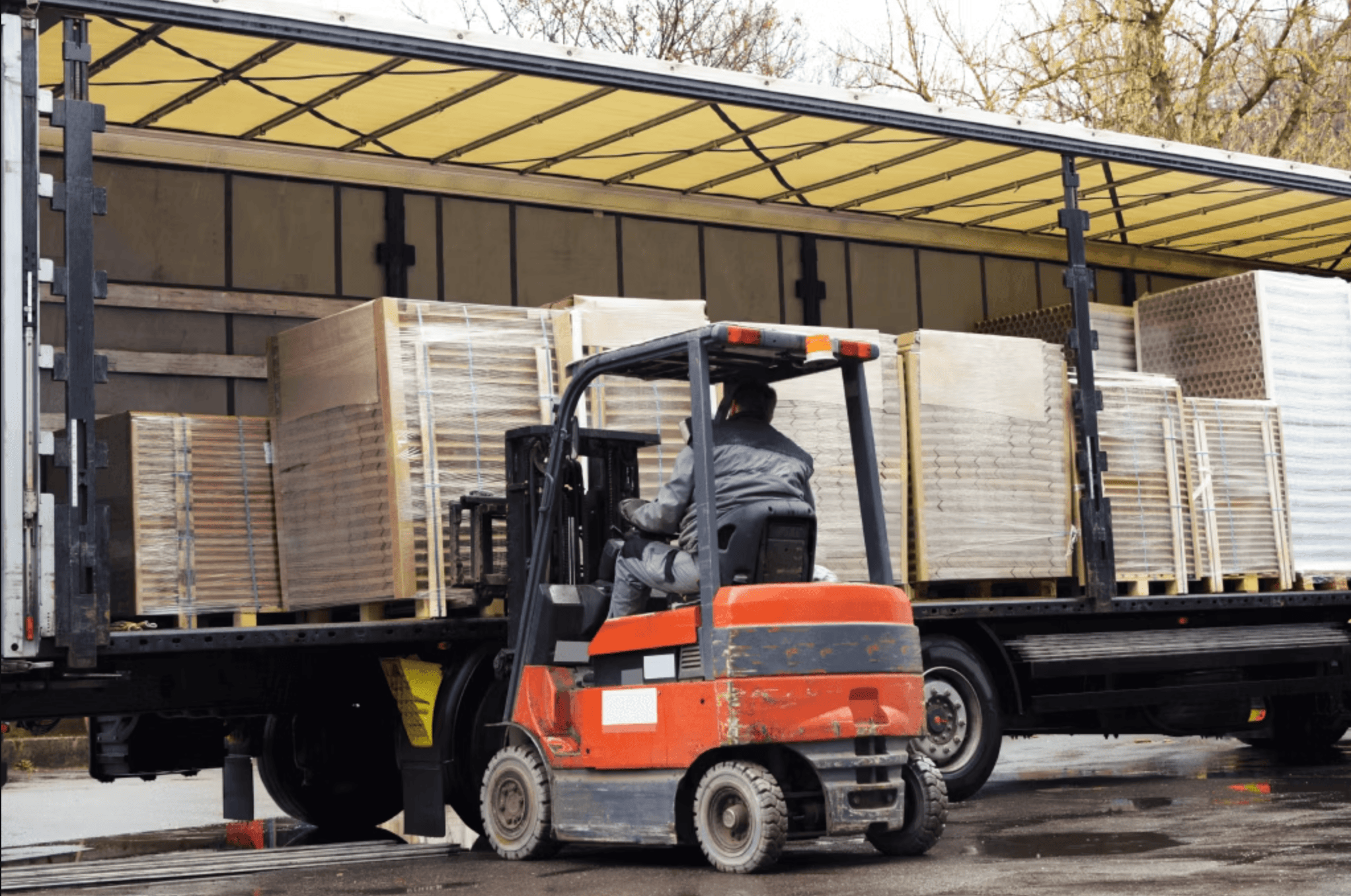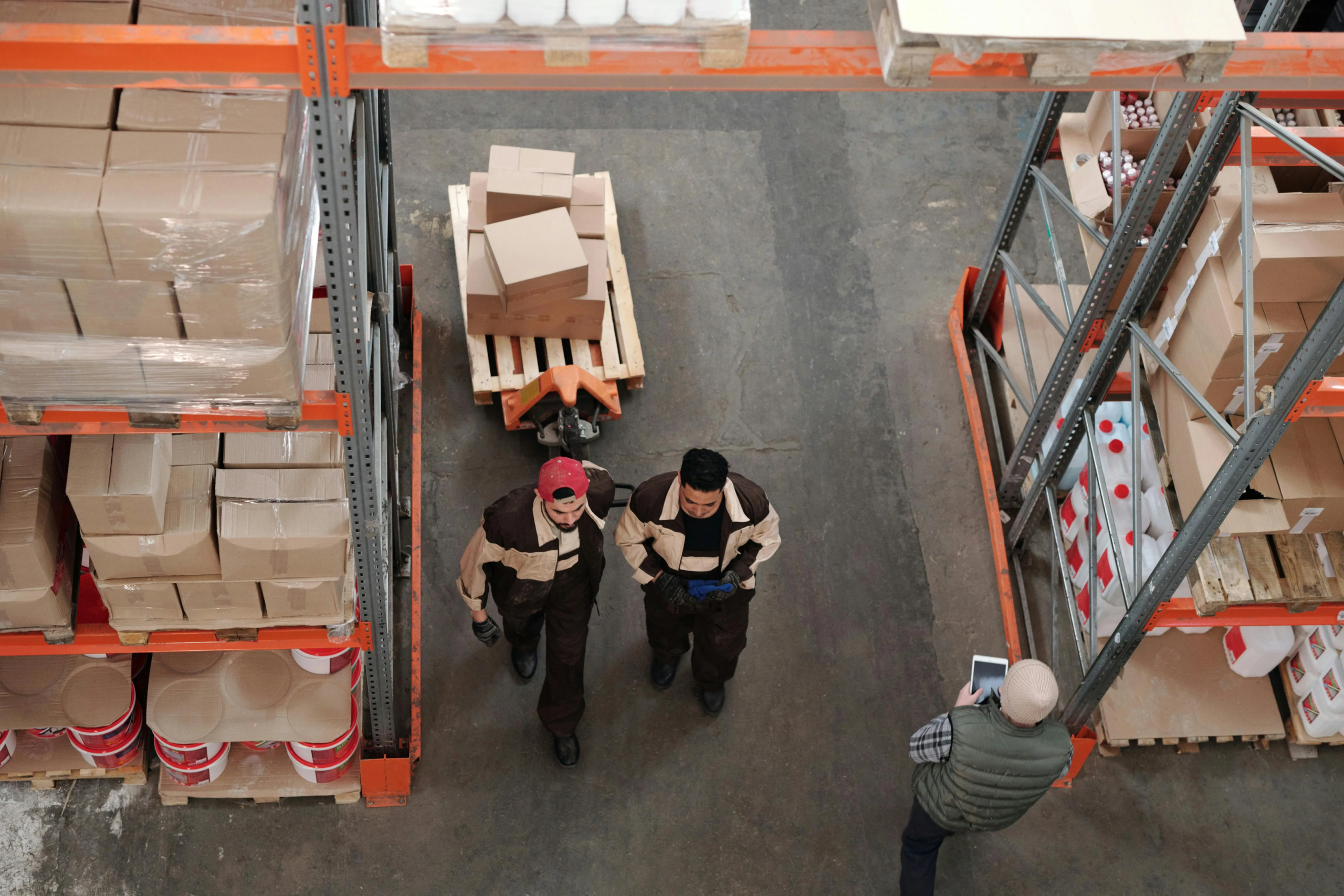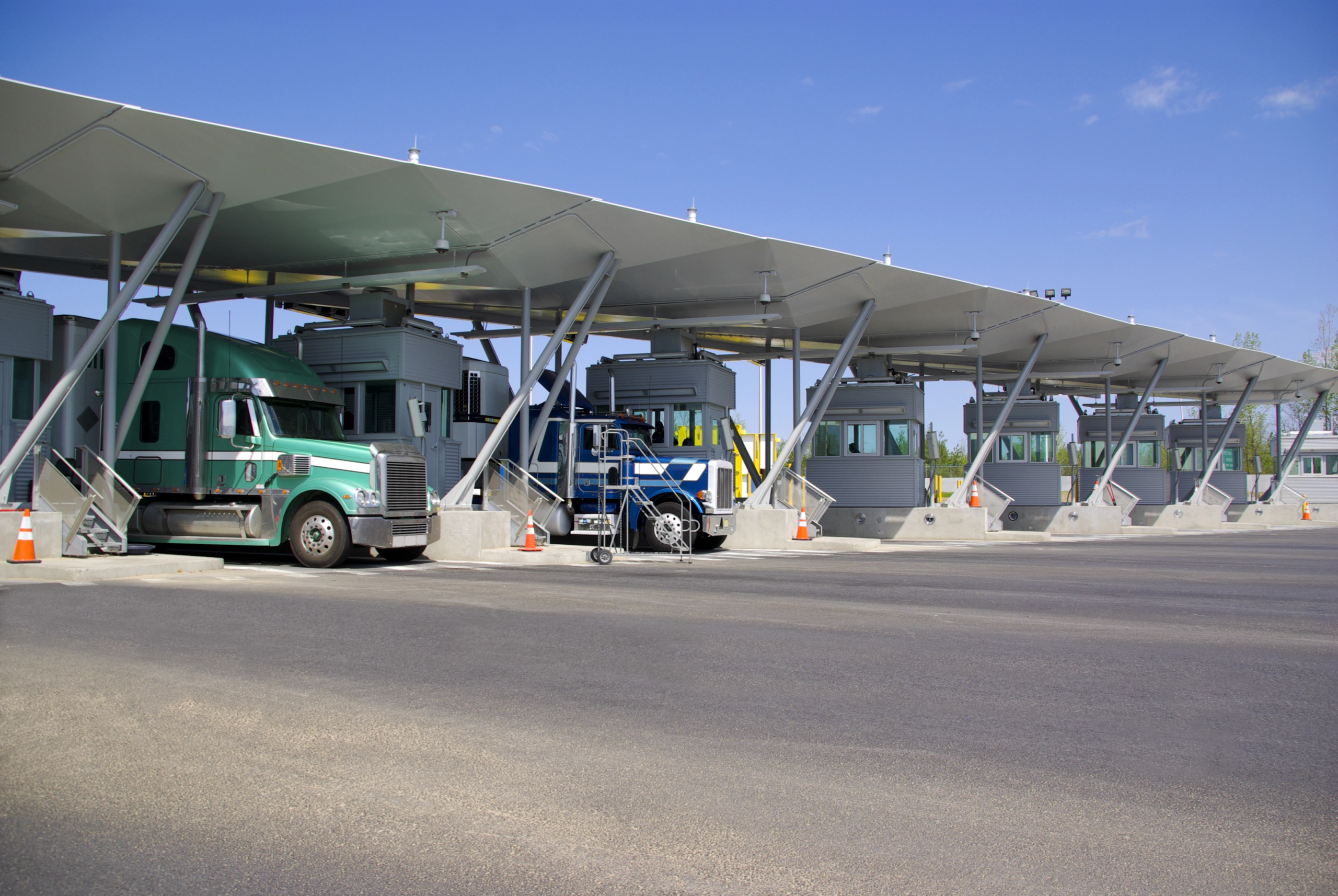When transporting freight, it is essential to collaborate with reputable carriers that offer fair rates and ensure the safe and timely delivery of your goods. The method of shipping your cargo plays a crucial role in both the arrival time and the associated costs. The choice between full truckload (FTL) shipping and less than truckload (LTL) shipping can significantly impact your shipping experience.
What is FTL shipping?
Full truckload (FTL) shipping, also known as FTL freight, is employed for shipments that occupy an entire truck or nearly the entire space. Shippers opting for FTL gain exclusive use of the entire truck, ensuring that they do not share space with other shipments, even if the truck is not fully loaded.
By committing to an FTL load, your cargo remains segregated from other products shipped by different parties. FTL freight meaning is associated with having exclusive use of the truck space, reducing the risk of damage and ensuring a more streamlined transport process. As FTL freight occupies the entire truck, there are no additional stops to unload products from other shippers, minimizing handling and the risk of damage.
Transport FTL is a choice that provides dedicated truck space for your shipment, allowing for efficient and direct transportation from the origin to the destination. Choosing FTL shipping is often the most cost-effective approach when you have a sufficient amount of freight to justify contracting for an entire truckload. To improve FTL efficiency, it is crucial to work with carriers who specialize in reliable and timely FTL delivery services. FTL delivery ensures that your goods reach their destination without delays, enhancing the overall reliability of your supply chain.
FTL vs. LTL shipping: What’s the difference?
FTL shipping and less than truckload (LTL) shipping represent the two primary methods for transporting cargo.
In FTL shipping, the entire truckload is dedicated to a single shipment, whereas LTL freight shipping involves sharing truck space with other shippers and distributing transportation costs accordingly. In LTL, your share of the freight charges is determined by the space your cargo occupies.
LTL shipping is a cost-effective option, particularly for smaller loads, as it allows multiple shippers to utilize the available space and split the expenses. Here are the key distinctions between LTL and FTL shipping:
Dimensions:
- FTL Shipping: Typically involves freight weighing 10,000 pounds or more or occupying more than 10-12 pallets.
- LTL Shipping: Applies to freight weighing between 150 and 15,000 pounds or up to 10-12 pallets.
Pickups
- FTL Shipping: Generally incorporates scheduled appointment times for pickup at the shipper’s distribution point.
- LTL Shipping: Typically involves pickups within a specified time window, as carriers are collecting from multiple locations.
Costs
- FTL Shipping: Achieving the most cost-effective rates in FTL shipping is optimal when transporting substantial amounts of freight.
- LTL Shipping: Attaining the most cost-effective rates in LTL shipping is ideal when transporting smaller amounts of freight.
Handling
- FTL Shipping: Involves minimal handling, with freight being loaded at the pickup point, sealed in the trailer, and only unloaded at the destination.
- LTL Shipping: Typically entails multiple loading and unloading instances throughout the shipping process.
Shipping times
- FTL Shipping: Ensures quicker delivery times as drivers travel directly from the pickup point to the destination.
- LTL Shipping: Involves longer transit times as freight is loaded and unloaded at various points such as warehouses, distribution centers, or onto different trucks.
The Benefits of FTL shipping
If your shipment volume allows for full truckloads, opting for this solution is the optimal choice for transporting large shipments, particularly when adhering to tight delivery schedules.
For faster shipping times and time-sensitive shipments, FTL shipping offers the most direct route. In contrast, LTL shipments frequently undergo multiple handovers or stops at various locations, contributing to extended transit times and necessitating greater scheduling flexibility. The reduced number of stops in FTL shipping also translates to fewer opportunities for delays.
Reduced handling means reduced risk for damage
Depending on what’s in an LTL shipment, cargo may have to be moved around to get to other shippers’ goods or offloaded to warehouse or distribution points and then loaded onto other trucks for last-mile delivery. This may also be an important consideration for fragile goods.
Enhanced Security
FTL shipping provides improved security, where the truck is typically filled, sealed, and remains unopened until reaching its destination. Only individuals directly associated with your shipment have contact with it.
Cost Savings on Larger Shipments
Utilizing FTL freight becomes more cost-effective as the shipment size increases. Assuming other factors remain constant, transporting a larger volume in a single FTL load is less expensive than splitting it into smaller LTL shipments.
Fewer Restrictions on Weight and Size
FTL shipping eliminates the need to fit loads into available space to optimize shipping costs. Utilizing the entire truck allows for fewer restrictions on both size and weight, with FTL cargo subject only to state regulations.
Volume Pricing Benefits
Shipping a sufficient number of FTL loads often qualifies you for volume pricing with carriers. Establishing a consistent business relationship enables you to secure better rates as carriers can rely on your regular shipments.
Drawbacks of FTL shipping
FTL shipping has few drawbacks, making it the optimal solution when you have sufficient freight to fill a truck. The primary disadvantage arises when your goods volume is insufficient, necessitating the use of LTL freight instead. Paying for an entire truck becomes impractical when only a few pallets or half a truck need to be shipped.
Carriers want to keep their trucks and drivers as busy as possible, so they may have fixed delivery schedules that allow them to drop off one load and pick up a return one. With FTL, you may need to work around these fixed schedules. This may not be an issue for in-state or shorter routes, but might be an issue for cross-country shipping schedules.
When to Opt for FTL Freight Shipping
Determining when to utilize FTL freight shipping involves considering specific scenarios beyond the general pros and cons we’ve discussed. Here are some key situations:
- Large Shipments:If your shipment exceeds 10-12 pallets or has a total weight surpassing 10,000 pounds, FTL freight is likely the most cost-effective delivery method.
- Meeting Strict Delivery Windows: Opt for FTL transport when precise delivery timing is crucial. With fewer stops, FTL improves on-time pickup (OTP) and on-time delivery (OTD), reducing the likelihood of missing delivery windows.
- Shipping Perishable Goods: FTL shipments are ideal for transporting perishable goods due to their faster delivery times and minimized disruptions.
- Shipping Expensive or Fragile Goods: FTL is preferable for valuable or fragile items, as the reduced handling decreases the risk of damage. Strategic placement within the truck ensures these goods reach their destination undamaged.
When to not use FTL freight shipping
If you have smaller loads or are unable to fill an entire truck, you might find it more cost-effective to consider swapping LTL for FTL to reduce your expenses. For instance, if your shipment comprises less than 10 pallets or has a total weight below 15,000 pounds, LTL could be a more suitable option.
Additionally, it’s advisable to compare rates if you possess flexibility in your schedule. If you can adjust your delivery times, it’s worthwhile to examine the price breakdowns. Keep in mind that these rates can vary significantly based on factors such as full capacity and demand.
What factors impact FTL freight rates?
Several factors influence FTL freight rates, including:
- Mileage
Not all lanes have the same cost, even with identical mileage. Longer distances incur higher expenses due to increased wear and tear on the truck, extended driver time, and greater fuel consumption.
- Fuel Surcharges
Fuel charges are determined by the current market price for diesel fuel. These rates commonly adjust weekly in response to changes in fuel prices.
- Truck to Freight Ratio
Locations with higher freight volume than available drivers, particularly in less popular lanes, may result in increased costs.
- Market Capacity
Rates are influenced by supply and demand dynamics, with considerations for seasonality playing a significant role.
- Freight Classification
Freight class is determined by factors such as density, stowability, handling requirements, and liability considerations.
- Delivery Destinations
Shipping along established lanes to major hubs, like distribution centers or warehouses, tends to cost less than deliveries to rural locations.
- Deadhead Miles:
The need to drive an empty truck from delivery to a new pickup location impacts pricing, as carriers bear the cost of these empty miles.
Need a Reliable Logistics Partner?
Choosing LAX Freight as your 3PL partner ensures a reliable and efficient shipping experience. With a deep understanding of the factors influencing freight rates, we tailor our solutions to meet your specific needs, whether you opt for FTL or LTL shipping.
Partnering with LAX Freight means gaining a dedicated ally in the complex world of logistics, where personalized service and optimized shipping strategies come together for your success.



